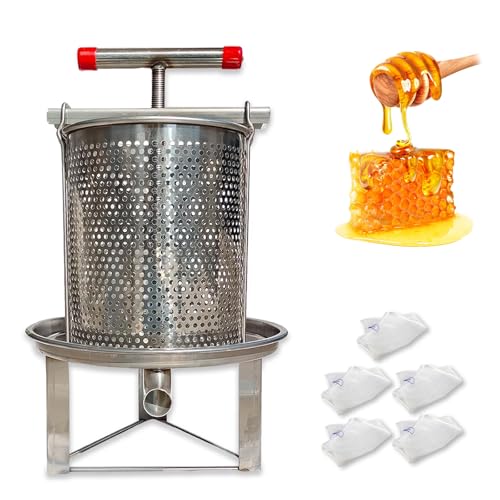- Joined
- Sep 7, 2013
- Messages
- 345
- Reaction score
- 359
- Location
- Loughborough
- Hive Type
- 14x12
- Number of Hives
- 11
⬆❤........100% agree with what that man said....INSULATION not VENTILATION
I'm sorry, but I find that kind of comment ignorant.
Ventilation is absolutely vital, both as an exhaust for the CO2 in the hive, and as a means of regulating condensation. Note I say "regulate", as, whilst at a certain level it is surely benign (and, in some regards possibly even beneficial - e.g. as a source of water, and doffing my cap in the general direction of the aforementioned research on the effects on varroa), at high levels, it must surely have a deleterious effect on the wellbeing of the colony.
I suspect that many of those who froth at the mouth on the subject of matchsticks would also agree that bees tolerate cold, but don't tolerate damp so well. Not wanting to anthropomorphise, or draw inappropriate parallels, but I live in a highly insulated, triple glazed house with high levels of airtightness. I have a mechanical ventilation system designed to deliver the right level of air change in the right way. If I did not have that ventilation, I would become sick (or asphyxiate) and there would be mould appearing all over the shop.
I should really take a closer look at Derek Mitchell's research; particularly to help me understand how the air moves around the hive under certain conditions.... but this is surely NOT a case of, "Insulation not Ventilation", but rather "Insulation AND APPROPRIATE Ventilation" ?!
I am NOT advocating matchsticks. However, good luck to those who want to do this - as long as they do so in the knowledge they are creating a chimney which will vector precious warmth up and out. I personally find (as also stated earlier in this thread) an OMF and reduced entrance seems to work for my bees. I insulate my roofs, and the insulation blocks the designed-in vents in the roof. That said, I don't hermatically seal the crown board. Indeed, in most, I leave an old porter bee escape in situ, through which some air (and heat) inevitably trickles into the roofspace. My bees overwiter well, and it all feels nicely balanced. Incidentally, in that setup, I have very little condensation (certainly nothing excessive), and I for one feel happy about that.
I just tend to think the ventilation point is a bit more nuanced than some think.





















































